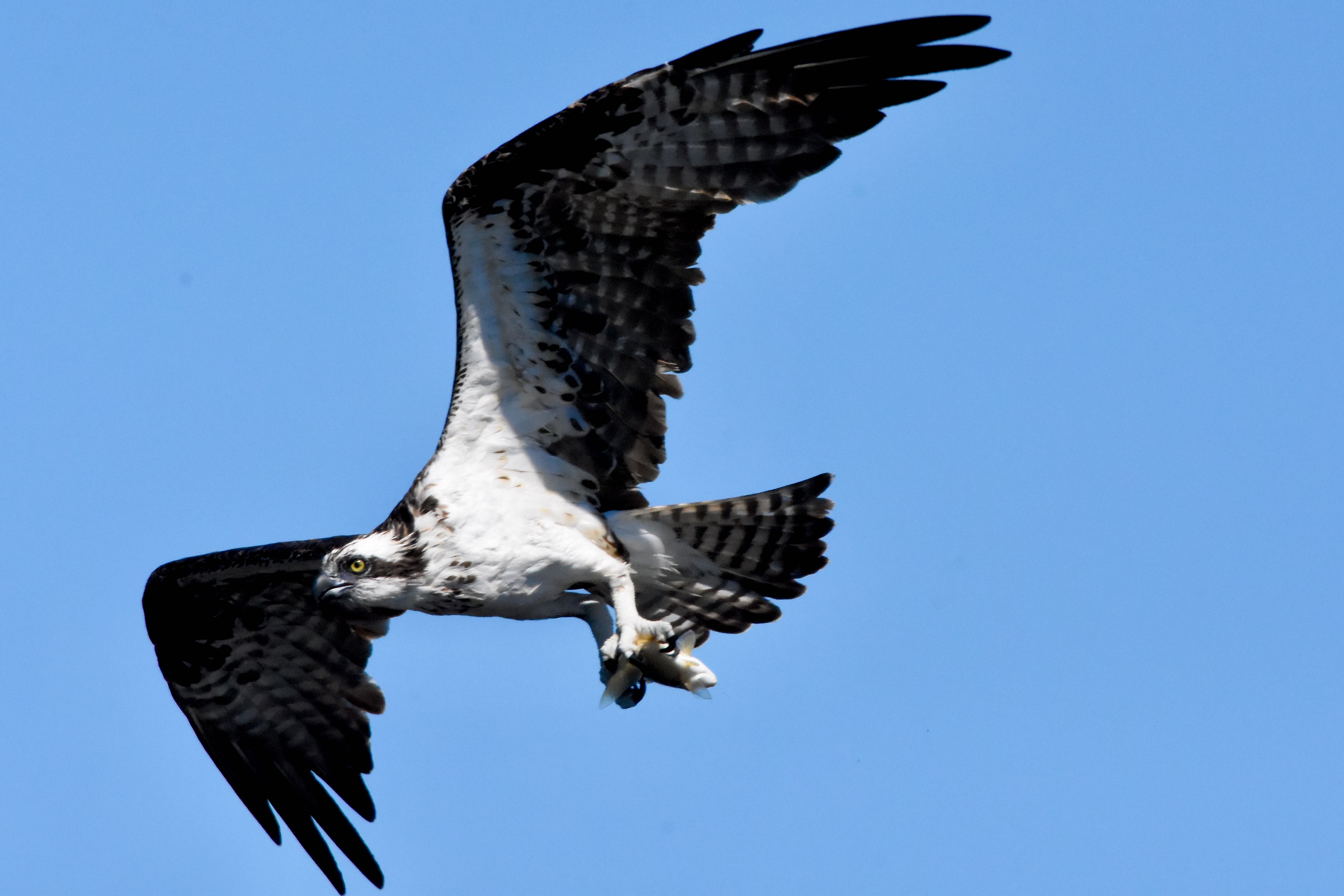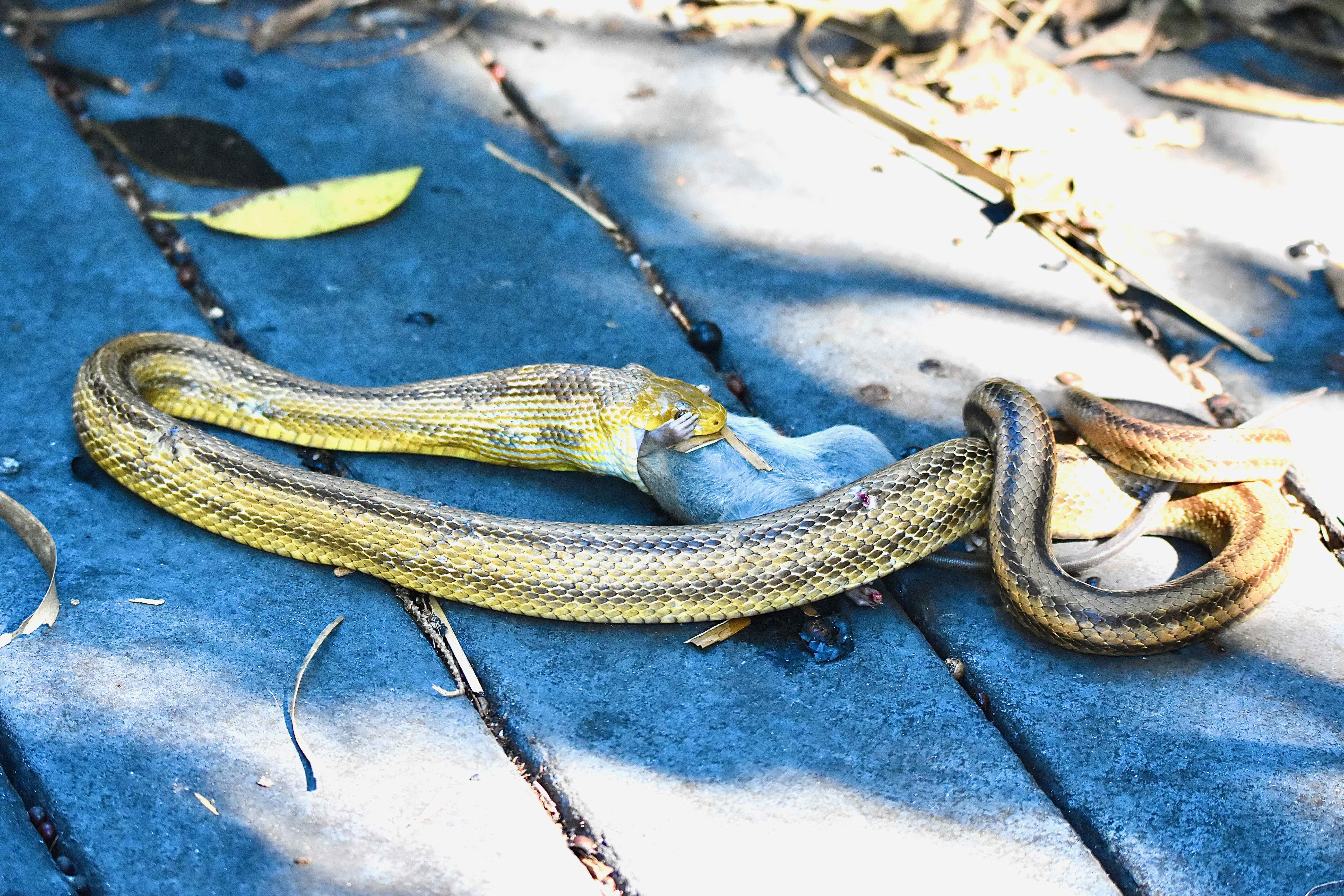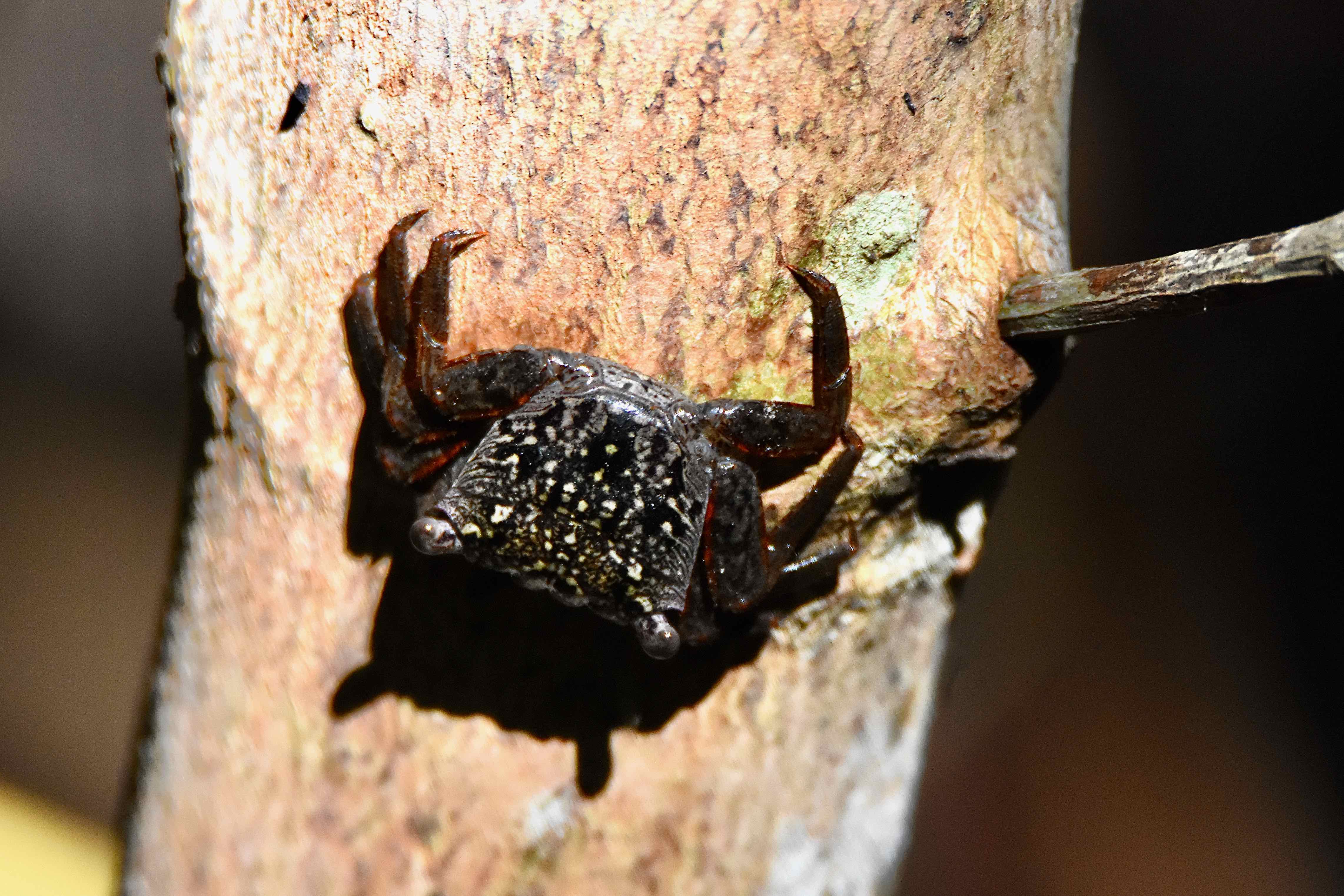EDITOR'S NOTE:The photos on this page and others in Lee County were taken before Hurricane Ian hit the Gulf Coast is 2022. As always in nature, landscapes can and do change over time.
Overview: This place is an absolute paradise for birders. The J.N. "Ding" Darling National Wildlife Refuge isn't just one of the best spots in South Florida to see our avian friends; it's one of the top spots in the nation. Shore birds, waders, hawks, migratory birds, year-round residents can be found in its 6,400 acres. The list of bird species spotted here over the years approaches 250. That's nearly half the number recorded for all of Florida.
Tarpon Bay really is the focal point of the refuge. Its shallow waters are perfect foraging grounds for waders and sundry other birds looking for a meal, while the mangrove swamps that rim the bay provide shelter for myriad aquatic creatures and nesting birds. Tarpon Bay and its environs are a key stop for migrators as they either settle in for the winter or make a pit stop on their way to points farther south and the return trip north.
But the refuge offers a lot more than birds. Snakes, gators, racoons, rabbits, butterflies, wildflowers, dolphins and manatees are evident. Trees are covered with mangove tree crabs; horseshoe crabs can be found along the margins of the bay. What makes "Ding" Darling — named after the noted newspaper cartoonist and conservation advocate — so special is its marine habitats — mangrove forests, estuaries, bays and inlets — which nurtures life along every link of the food chain. The place is a natural paradise.
The refuge is the heart and soul of conservation-minded Sanibel Island. More than two-thirds of the island is either park or preserve, and the biggest chunk of that is J.N. "Ding" Darling National Wildlife Refuge.
History: J.N. "Ding" Darling National Wildlife Refuge came into being in 1945 primarily to protect migratory bird habitat. Originally called the Sanibel National Wildlife Refuge, the name was changed in 1967 to reflect the contributions Jay Norwood "Ding" Darling made in creating the preserve. Darling was a political cartoonist and conservationist of note who served as the first head of what is now called the U.S. Fish and Wildlife Service. In the early 1940s, he learned that the state intended to sell 2,000 acres of Sanibel Island to developers. He convinced the governor to postpone the sale, and later lobbied President Harry S. Truman for creation of the national wildlife refuge.
In centuries prior, Sanibel was home to the Calusa tribe of Native Americans until the 18th century when the last members left the island for Cuba. Human habitation of the island dates back thousands of years earlier before the arrival of European explorers. Ponce de Leon is believed to be the first European to step foot on the island. The Florida Peninsular Land Co. established the first "modern" settlement on Sanibel in 1832.

What You'll See: The easiest way to experience the refuge is to travel the length of Wildlife Drive by foot, by car or by bike. It's 3.9 miles along, and according to the Ding Darling Society, takes about two hours to transit, including stops. Mudflats, open water and mangrove forests dominate the scenery, while attracting wildlife. Bald eagles, magnificent frigate birds, reddish egrets and white pelicans are among the less common birds we saw during our visits. Also spotted: cormorants, anhingas, green herons, willets, black-bellied plovers, ospreys, white ibis roseate spoonbills — the list goes on and on.
If you're lucky, you might catch a glimpse of an American crcocodile or the elusive mangrove cuckoo. Alligators are common as are yellow ratsnakes.
Amenities: J.N. "Ding" Darling National Wildlife Refuge offers a nature center complete with a history of the refuge and the Calusa people. The center also has restrooms and drinking water. Wildlife Drive is the main trail through the refuge. It is paved and accomodates cars, pedestrians and bikes. There are also a few natural surface trails, including one that goes near a middens mound. A private vendor, Tarpon Bay Explorers, offers a variety of rentals and tours, including bikes, canoes, kayaks and paddle boards. There is plenty of parking. There are also staff-guided tours. Check the refuge website for details.
Nearby: Most of Sanibel Island is conservation land, the largest portion of which is this place, J.N. "Ding" Darling National Wildlife Refuge. But there are other places on Sanibel worthy of exploration. The Bailey Tract, which is a unit of the refuge, is at the end of Periwinkle Drive, Sanibel's main road. The island has sundry beaches worth visiting, including Bowman's Beach Park and Lighthouse Beach Park.
Links: The Great Florida Birding Trail's take on J.N. "Ding" Darling National Wildlife Refuge is here. The Institute for Regional Conservation's inventory of plants found within the NWR is here.
Of Note: Wildlife Drive is open to cars, pedestrians and bikers every day of the week except Fridays and federal holidays. There is a fee for admission; hours vary by seasons. Check the website for details on both. The nature center is free, however.
Cover Photo: A brown pelican flies toward mangroves bordering Tarpon Bay as the sun begins to set. Second photo: The wide expanse of Tarpon Bay dotted with wading birds, mostly ibis and various egrets.
Overview: This place is an absolute paradise for birders. The J.N. "Ding" Darling National Wildlife Refuge isn't just one of the best spots in South Florida to see our avian friends; it's one of the top spots in the nation. Shore birds, waders, hawks, migratory birds, year-round residents can be found in its 6,400 acres. The list of bird species spotted here over the years approaches 250. That's nearly half the number recorded for all of Florida.
Tarpon Bay really is the focal point of the refuge. Its shallow waters are perfect foraging grounds for waders and sundry other birds looking for a meal, while the mangrove swamps that rim the bay provide shelter for myriad aquatic creatures and nesting birds. Tarpon Bay and its environs are a key stop for migrators as they either settle in for the winter or make a pit stop on their way to points farther south and the return trip north.
But the refuge offers a lot more than birds. Snakes, gators, racoons, rabbits, butterflies, wildflowers, dolphins and manatees are evident. Trees are covered with mangove tree crabs; horseshoe crabs can be found along the margins of the bay. What makes "Ding" Darling — named after the noted newspaper cartoonist and conservation advocate — so special is its marine habitats — mangrove forests, estuaries, bays and inlets — which nurtures life along every link of the food chain. The place is a natural paradise.
The refuge is the heart and soul of conservation-minded Sanibel Island. More than two-thirds of the island is either park or preserve, and the biggest chunk of that is J.N. "Ding" Darling National Wildlife Refuge.
History: J.N. "Ding" Darling National Wildlife Refuge came into being in 1945 primarily to protect migratory bird habitat. Originally called the Sanibel National Wildlife Refuge, the name was changed in 1967 to reflect the contributions Jay Norwood "Ding" Darling made in creating the preserve. Darling was a political cartoonist and conservationist of note who served as the first head of what is now called the U.S. Fish and Wildlife Service. In the early 1940s, he learned that the state intended to sell 2,000 acres of Sanibel Island to developers. He convinced the governor to postpone the sale, and later lobbied President Harry S. Truman for creation of the national wildlife refuge.
In centuries prior, Sanibel was home to the Calusa tribe of Native Americans until the 18th century when the last members left the island for Cuba. Human habitation of the island dates back thousands of years earlier before the arrival of European explorers. Ponce de Leon is believed to be the first European to step foot on the island. The Florida Peninsular Land Co. established the first "modern" settlement on Sanibel in 1832.

What You'll See: The easiest way to experience the refuge is to travel the length of Wildlife Drive by foot, by car or by bike. It's 3.9 miles along, and according to the Ding Darling Society, takes about two hours to transit, including stops. Mudflats, open water and mangrove forests dominate the scenery, while attracting wildlife. Bald eagles, magnificent frigate birds, reddish egrets and white pelicans are among the less common birds we saw during our visits. Also spotted: cormorants, anhingas, green herons, willets, black-bellied plovers, ospreys, white ibis roseate spoonbills — the list goes on and on.
If you're lucky, you might catch a glimpse of an American crcocodile or the elusive mangrove cuckoo. Alligators are common as are yellow ratsnakes.
Amenities: J.N. "Ding" Darling National Wildlife Refuge offers a nature center complete with a history of the refuge and the Calusa people. The center also has restrooms and drinking water. Wildlife Drive is the main trail through the refuge. It is paved and accomodates cars, pedestrians and bikes. There are also a few natural surface trails, including one that goes near a middens mound. A private vendor, Tarpon Bay Explorers, offers a variety of rentals and tours, including bikes, canoes, kayaks and paddle boards. There is plenty of parking. There are also staff-guided tours. Check the refuge website for details.
Nearby: Most of Sanibel Island is conservation land, the largest portion of which is this place, J.N. "Ding" Darling National Wildlife Refuge. But there are other places on Sanibel worthy of exploration. The Bailey Tract, which is a unit of the refuge, is at the end of Periwinkle Drive, Sanibel's main road. The island has sundry beaches worth visiting, including Bowman's Beach Park and Lighthouse Beach Park.
Links: The Great Florida Birding Trail's take on J.N. "Ding" Darling National Wildlife Refuge is here. The Institute for Regional Conservation's inventory of plants found within the NWR is here.
Of Note: Wildlife Drive is open to cars, pedestrians and bikers every day of the week except Fridays and federal holidays. There is a fee for admission; hours vary by seasons. Check the website for details on both. The nature center is free, however.
Cover Photo: A brown pelican flies toward mangroves bordering Tarpon Bay as the sun begins to set. Second photo: The wide expanse of Tarpon Bay dotted with wading birds, mostly ibis and various egrets.





























